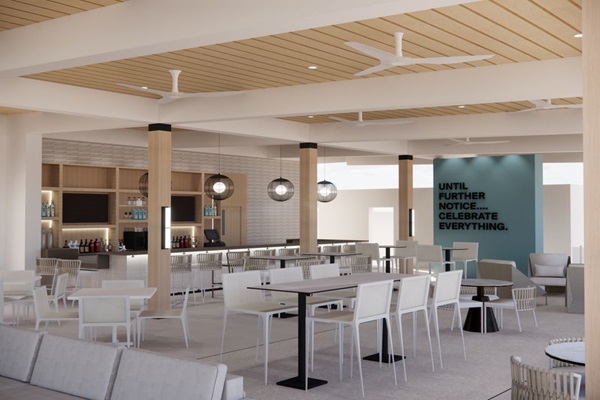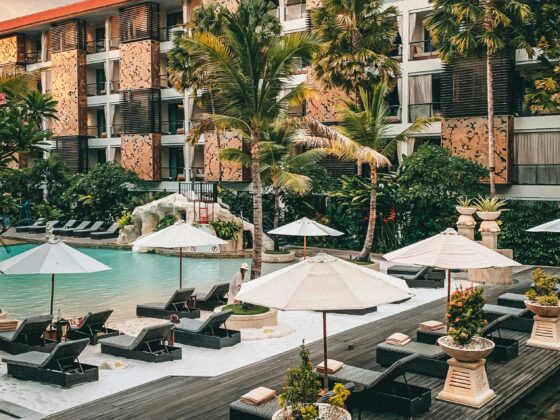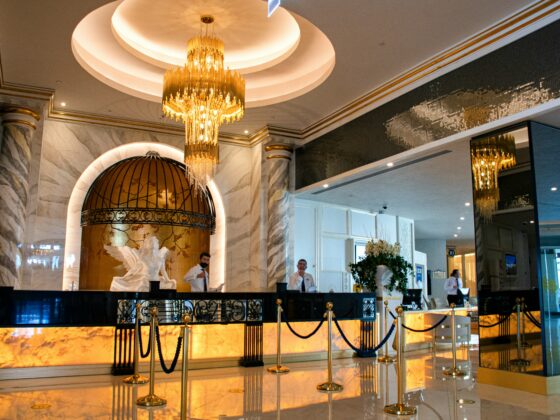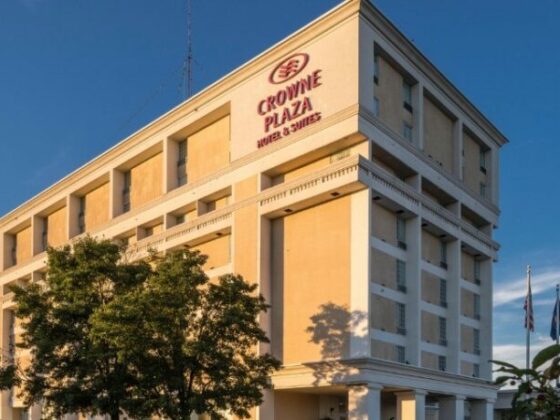
Want to really stand out to guests in the lifestyle and luxury hotel space? It means much more than stand-out service, high-thread-count sheets and seductive lighting. Going above and beyond means being thoughtful and caring about every touchpoint—F&B, in particular. Let me explain.
I recently posted a freewheeling observation on LinkedIn that I never thought would garner much attention. Boy, was I wrong. The dispatch concerned something close to my heart: tequila. Now, before you get any idea, tequila is more than my go-to spirit; it’s a hobby, a pursuit of hard-to-find, additive-free bottles and a study of the terroir. Brands like G4, Wild Common and Tapatio capture my attention. What’s that you say? Never heard of them? Such was the thesis of my post.
Far too long hotels that promote themselves as anything but cookie-cutter have stocked their bar shelves with commonplace bottles—from tequila to bourbon and all tipples in between. Think, for instance, of the ubiquity of Casamigos: the star power of George Clooney and the marketing might of Diageo have turned people on to an ersatz tequila that has little resemblance to the real stuff with its infusion of artificial flavoring (sadly, tequila can still legally call itself tequila even if it has up to 1% of additives).
This was the basis of my argument: hotels should ditch the rote stuff and go with the good stuff, the real stuff that has taste and story. But there’s a bit more to it, as the comments suggested. Here’s a sampling: “Unfortunately, the financial influence of distributors and suppliers often takes precedence over curating a bar program that reflects authenticity and genuine brand identity.” Yes, as a hotel owner, it’s hard to install a unique bar program because dollars and cents get in the way. As one commenter posted: “The biggest part of this conversation is the core programs—this is how hotels earn the extra side dollars to print menus, offset cost of sales and pay for entertainment and activations in the space.” Hotel F&B is rarely profitable and these programs and “marketing dollars” help offset the costs and hit targets.
Being unique means being bold. “Finding bottles you haven’t heard of can be a competitive advantage over brands who are locked in purchasing handcuffs,” noted one commenter. Another offered a fix: Create a classics menu that features the core program brands and pair it with a signature menu that features local spirits and smaller brands.
Training matters, too. Just like the waiter who can explain the provenance of the chicken, a well-learned bartender can clarify the difference between a blanco and an añejo tequila and how a particular agave is cooked.
“Guests will explore if the team knows how to guide them,” one comment said. It’s true: Customers are willing to—heck, they want to—go outside what’s typical. They just need to be steered. I’ll drink to that.








